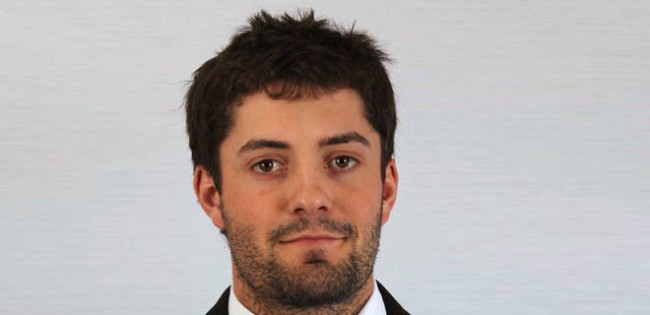
Christopher Lane, a promising college baseball player, was murdered by a gunshot to the back the other day and the tragedy has prompted me to do some thinking.
One of the teens arrested was reported to have said that he and his accomplices were “bored” and “decided to kill somebody.” That’s when they saw Christopher Lane out running and randomly targeted him. Our hearts naturally go out to Christopher Lane’s family and friends.
Branch Rickey, former Brooklyn Dodger manager who gave Jackie Robinson his opportunity to play baseball, once said: “Leisure is the handmaiden of the devil.” Three teenagers (ages 15, 16 and 17) who have been charged with murdering Christopher Lane in Oklahoma may end up as poster boys for Rickey’s assertion.
Yet I wonder if things might be different for the three young men charged with the crime if something were available to them in the summers to occupy their time. Perhaps they could have shared the same passion for baseball as Christopher Lane did. Perhaps they could have occupied their leisure time by playing baseball in a youth baseball league.
I have no idea if the community where these three young men resided offered a youth baseball program open to them. If it does have a program, then obviously it did not connect with these teens for whatever reason.
Overall, however, it is my experience that the number of sports opportunities available to all youths seems to drop when they turn thirteen (high school age) and continue to drop as teens get older; in other words, the opportunities drop exactly at the time when we need to offer more of them.
When teens get older they number of options they have to get into trouble increases exponentially. Access to a car is one of those opportunities that come with a license. In the case of Christopher Lane, the young men charged supposedly chased after him in a car before shooting him while he was out for a run.
Youth sports advocates point out that 75% of teens drop out of recreational sports by the age of thirteen. I don’t know how accurate that claim is because I have never seen—despite my efforts— the oft-cited study. Assuming this statistic is accurate, it is no excuse for us to throw up our hands and give up offering youth sports. The statistic suggests simply that we need to redefine our approach to youth sports in an effort to attract teens. Right around that age, the customer base begins to shift from parent to teen and so marketing to the teen makes sense. I have addressed these issues on this blog and you can find some articles by searching the archive.
In that respect and in the face of sports budget cuts in our schools, I believe that school districts need to find ways to better open their doors to community sports programs. I have seen too many school districts throw out barriers to community youth sports programming instead of working on means to allow them access to reach the teens.
Youth sports are a means of addressing violence in our teen population. It’s a safety net for directionless and sometimes troubled teens. You can’t save every youth from trouble through sports, but you can save enough of them to make a difference. Maybe, just maybe, in the case of Christopher Lane, youth baseball could have saved the life of a college baseball player. It’s a thought worth considering.
Tom Swyers is the author of the upcoming novel, Saving Babe Ruth. It is a story about two men who risked everything to save a youth baseball program for kids in one community.

